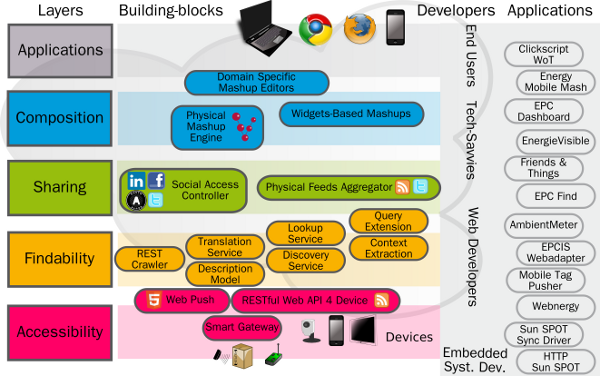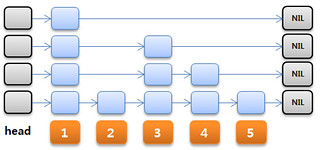
Georeplication is one of the standard techniques for dealing when bad things--failure and latency--happen to good systems. The problem is always: how do you do that? Murat Demirbas, Associate Professor at SUNY Buffalo, has a couple of really good posts that can help: MDCC: Multi-Data Center Consistency and Making Geo-Replicated Systems Fast as Possible, Consistent when Necessary.
In MDCC: Multi-Data Center Consistency Murat discusses a paper that says synchronous wide-area replication can be feasible. There's a quick and clear explanation of Paxos and various optimizations that is worth the price of admission. We find that strong consistency doesn't have to be lost across a WAN:
The good thing about using Paxos over the WAN is you /almost/ get the full CAP (all three properties: consistency, availability, and partition-freedom). As we discussed earlier (Paxos taught), Paxos is CP, that is, in the presence of a partition, Paxos keeps consistency over availability. But, Paxos can still provide availability if there is a majority partition. Now, over a WAN, what are the chances of having a partition that does not leave a majority? WAN has a lot of redundancy. While it is possible to have a data center partitioned off the Internet due to a calamity, what are the chances of several knocked off at the same time. So, availability is also looking good for MDCC protocol using Paxos over WAN.
In Making Geo-Replicated Systems Fast as Possible, Consistent when Necessary Murat describes a paper that tries to hide the price of WAN latency for some classes of operations. In particular:
To alleviate this latency versus consistency tension, this paper proposes RedBlue consistency, which enables blue operations to be fast/asynchronous (and eventually consistent) while the remaining red operations are strongly-consistent/synchronous (and slow). So a program is partitioned into red and blue operations, which run with different consistency levels. While red operations must be executed in the same order at all sites (which make them slow), the order of execution of blue operations can vary from site to site (allowing them to be executed without requiring coordination across sites). "In systems where every operation is labeled red, RedBlue consistency is equivalent to serializability; in systems where every operation is labeled blue, RedBlue consistency allows the same set of behaviors as eventual consistency."
Just a little fun holiday reading :-)
Murat also has number of excellent posts that are a great boon for understanding the innards of distributed systems:
Click to read more ...
 Thursday, April 25, 2013 at 9:25AM
Thursday, April 25, 2013 at 9:25AM 















 In
In 

 In
In 

